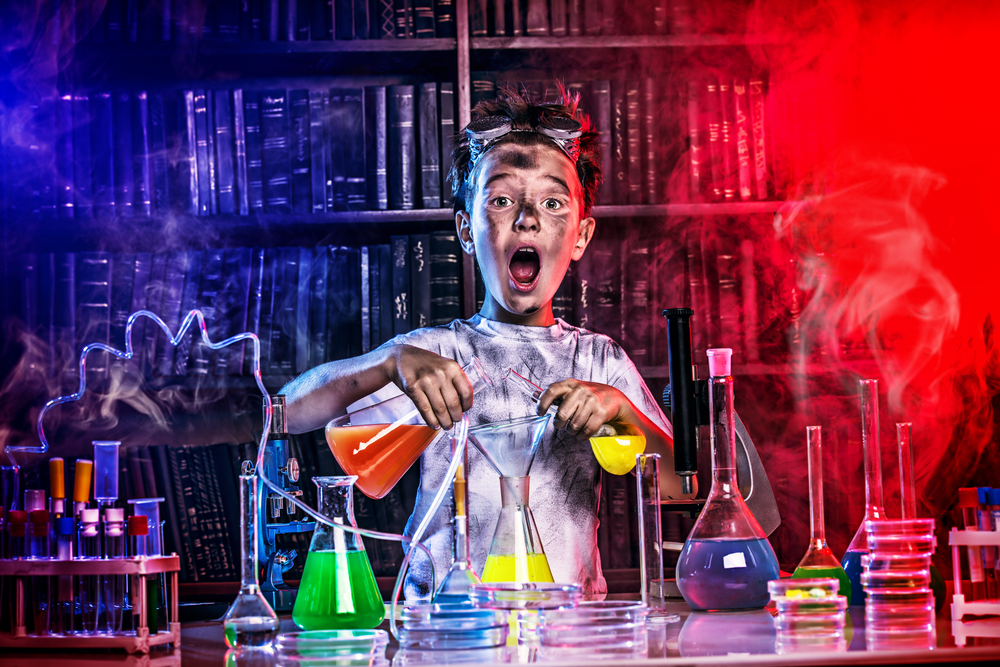
In the pursuit of cultivating the next generation of scientists, the role of school science laboratories cannot be overstated. These laboratories serve as dynamic environments where students can engage in hands-on experimentation, apply theoretical knowledge, and develop essential scientific skills required for future scientists.
Beyond simply imparting factual information, science laboratories play a pivotal role in shaping future scientists by fostering curiosity, critical thinking, and a passion for discovery. From elementary school to high school, these laboratories provide 21st-century students with the opportunity to explore, experiment, and learn in ways that are both enriching and transformative.
In this article, we will explore the new approach to pedagogy and various ways in which school science laboratories are shaping future scientists and preparing them for success in the ever-evolving world of science and technology.
What do Research Studies Say About Future Scientists?
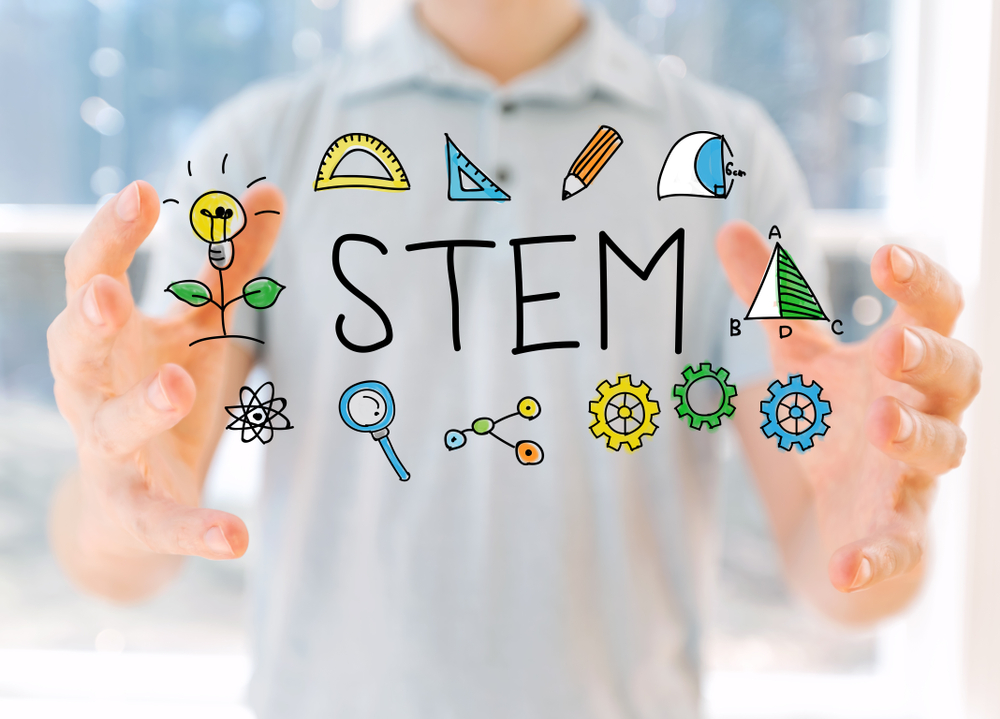
According to educational research and curriculum development, many kids in elementary and high school “like science,” but fewer stick around after college to pursue science-related careers. Even fewer high school students choose to go from learning about science to becoming a scientist.
The published studies on the persistence of students in science programs found that the most common reasons students leave science, math, and engineering majors in college are related to the nature and quality of science education and the “culture” within the sciences.
There was little evidence of a lack of students’ ability in science and math in those who decided to leave.
The most comprehensive case study found that both switchers and non-switchers perceived the quality of the learning process and science teaching as poor and a cutthroat competitive atmosphere in science classrooms.
Studies have revealed a great deal about what pushes students away from and toward science courses, math, and engineering undergraduate majors.
Characteristics Shared by Future Scientists
1. Curiosity to discover the unknown
Curiosity is a driving force behind scientific inquiry.
- Students who are naturally curious about the world around them are more likely to pursue science, math, and engineering majors because they are eager to explore and uncover new knowledge.
- This curiosity motivates them to ask questions, seek answers, and engage in scientific investigation.
2. Enjoyment of problem-solving
Science, math, and engineering fields often involve complex problems that require analytical thinking and creative problem-solving skills.
- Students who enjoy tackling challenges and finding solutions are more likely to thrive in these majors.
- They are drawn to the intellectual stimulation of problem-solving and find satisfaction in overcoming obstacles to reach a resolution.
3. A high level of independence
Pursuing science, math, and engineering majors requires a certain level of independence and self-motivation.
- Students in these fields typically work on individual research projects, conduct experiments, or solve problems independently.
- Those who are comfortable working autonomously and taking initiative are better suited to succeed in these majors.
4. The desire to help others indirectly through research
Many students are motivated by the opportunity to make a positive impact on society through their work.
- While some may pursue careers directly involved in helping others, such as healthcare professions, others are drawn to research as a means of contributing to the advancement of knowledge and technology.
- Students who see research as a way to indirectly benefit society are typically passionate about their field of study and committed to making meaningful contributions to their chosen field.
5. A flexible, minimally structured approach to the future
Science, math, and engineering majors typically lead to diverse career paths, ranging from academia and research to industry and entrepreneurship.
- Students who are open to exploring different opportunities and are comfortable with uncertainty are more likely to thrive in these fields.
- They embrace the idea of a non-linear career trajectory and are willing to adapt to changing circumstances and opportunities as they arise.

Overall, these characteristics—curiosity, problem-solving skills, independence, a desire to make a difference through research, and flexibility—are common among students who persist in science, math, and engineering majors.
By possessing these traits, students are better equipped to navigate the challenges of their chosen field and make meaningful contributions to the advancement of knowledge and innovation as future scientists.
After participating in a summer research internship geared towards providing learners with a firsthand understanding of the work of scientists, many students were eager to share their experiences.
One aspect consistently highlighted was the opportunity to engage in hands-on learning, which allowed them to gain practical insights into problem-solving methods utilized in scientific endeavors.
For instance, one student emphasized the value of the thinking process involved in tackling challenges and the variety of techniques available to address them effectively. This firsthand exposure not only solidified their interest in pursuing a Ph.D. but also provided them with valuable insights into the intricacies of scientific inquiry.
How School Science Laboratories Are Shaping Future Scientists
With all that said, school science laboratories play a crucial role in shaping future scientists by providing students with hands-on experiences, fostering critical thinking skills, and cultivating a deep understanding of scientific concepts. Here are several ways in which science laboratories contribute to shaping future scientists:
1. Hands-on Experiments
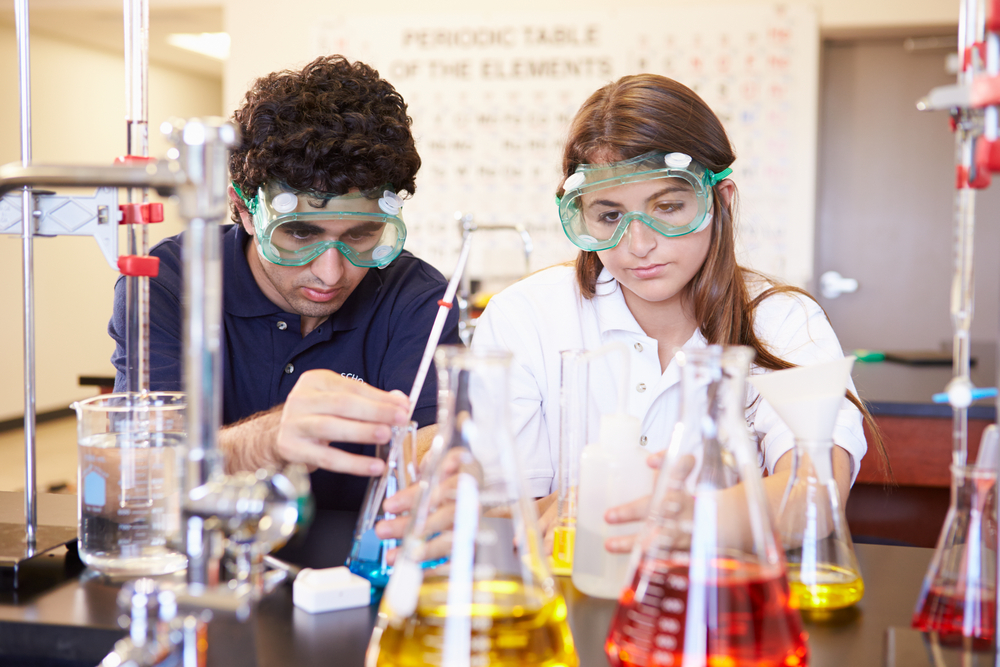
Science laboratories offer students the opportunity to engage in hands-on experiments under the guidance of science teachers, allowing them to apply theoretical knowledge in a practical setting.
This hands-on experience helps students develop important laboratory skills such as observation, measurement, data collection, and analysis.
2. Critical Thinking and Problem-Solving Skills
In the laboratory, students are often faced with real-world problems that require critical thinking and problem-solving skills to solve.
By working through these challenges, students learn to think analytically, evaluate evidence, and draw logical conclusions – skills that are essential for success in scientific research and inquiry.
3. Understanding of Scientific Methodology
Laboratories provide students with a firsthand experience of the scientific method – the process by which scientists conduct research, formulate hypotheses, design experiments, collect data, and draw conclusions.
By actively participating in the practical work in this process, students gain a deeper understanding of how science works and develop an appreciation for evidence-based reasoning.
4. Promotion of Inquiry-Based Learning
Science laboratories typically encourage inquiry-based learning, where future scientists are encouraged to ask questions, explore phenomena, and develop their own hypotheses.
This approach fosters curiosity and creativity, empowering students to take ownership of their learning and pursue their scientific interests.
5. Collaborative Learning Opportunities
Many science laboratories involve collaborative work, where students collaborate with their peers to plan and conduct experiments, analyze data, and interpret results.
Collaboration promotes communication skills, teamwork, and the exchange of ideas – all of which are essential for success in scientific research and collaboration within the scientific community.
6. Exposure to Advanced Equipment and Techniques
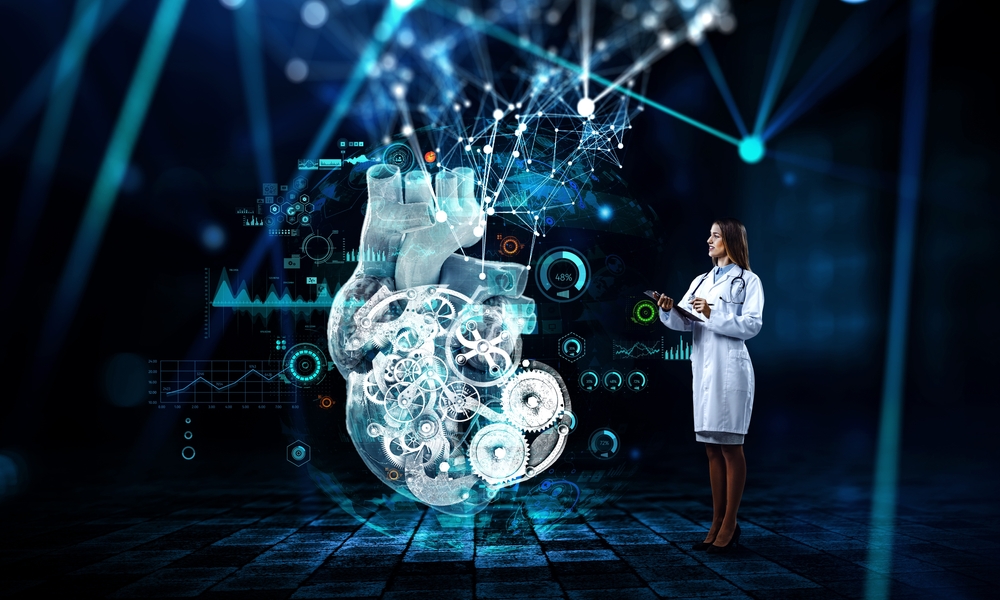
Science laboratories expose students to advanced laboratory equipment and techniques that they may encounter in college or professional research settings.
By gaining hands-on experience with sophisticated instrumentation, students develop technical skills and confidence in using scientific tools effectively.
7. Inspiration and Motivation
For many students, engaging in hands-on experiments in the laboratory can be a source of inspiration and motivation to pursue further studies and careers in science. By experiencing the excitement of discovery firsthand, students may develop a passion for science that drives them to pursue scientific careers and make meaningful contributions to the field.
Overall, school science laboratories in America play a vital role in shaping future scientists by providing students with the skills, knowledge, and inspiration they need to succeed in scientific inquiry and research. By fostering curiosity, critical thinking, and practical skills, science laboratories help prepare students for academic and professional success in the sciences.
Shaping Future Scientists Starts Early
Introducing and educating children in science labs from elementary to high school is crucial for shaping future scientists. The quality and accessibility of science, technology, engineering, and math (STEM) education help shape future generations of scientists and engineers.
Here’s how science learning on each level can be approached:
Elementary School
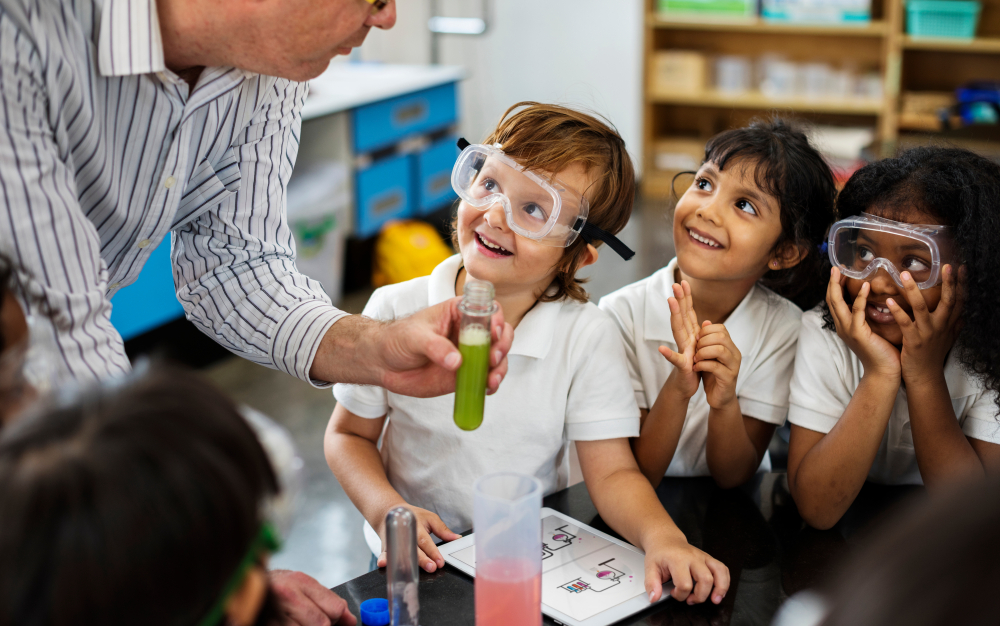
- Hands-on Exploration: Provide simple, engaging experiments that allow children to explore basic scientific concepts through hands-on activities. For example, observing plant growth, conducting simple chemical reactions, or exploring the properties of magnets.
- Integration with Classroom Learning: Integrate lab activities with classroom curriculum to reinforce concepts taught in science lessons. Make connections between everyday phenomena and scientific principles to spark curiosity and interest.
- Safety and Collaboration: Teach basic lab safety rules and encourage collaboration and teamwork among students to foster a positive learning environment.
Interactive activities for elementary school learners:
- Plasma Globes: Plasma globes are fascinating interactive tools that can captivate young learners. Teachers can use plasma globes to demonstrate the basic principles of electricity, magnetism, and energy transfer in an engaging way of visualization. Students can observe the behavior of plasma streams and experiment with different objects to see how they interact with plasma.
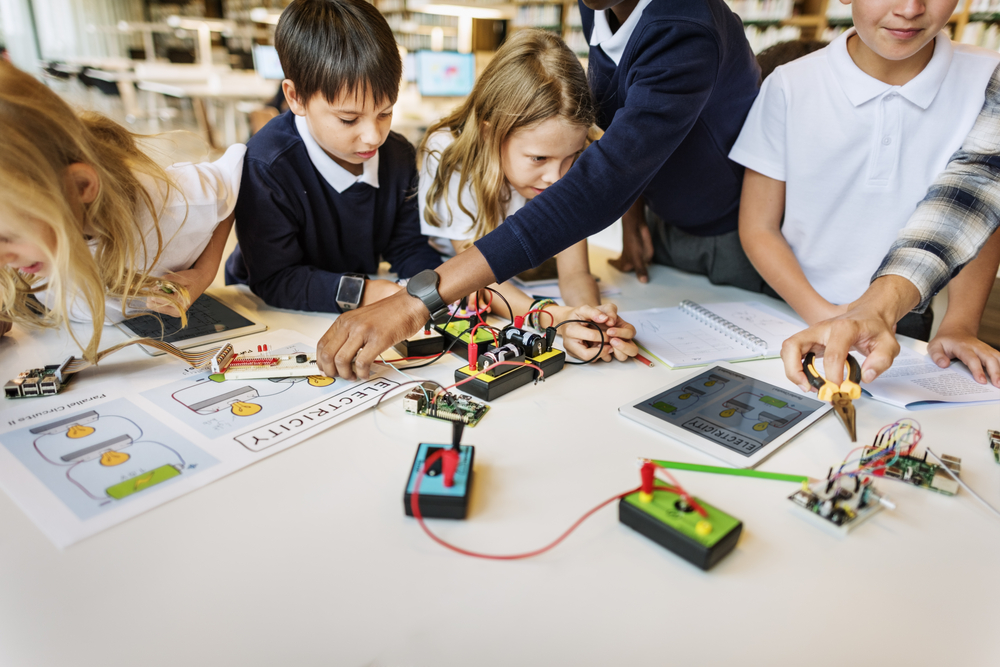
- Simple Circuit Activities: Hands-on activities involving simple circuits are excellent for teaching elementary school students about electricity and circuits. Students can use basic materials like batteries, wires, bulbs, and switches to build circuits and explore concepts such as conductors, insulators, and the flow of electricity.
Middle School
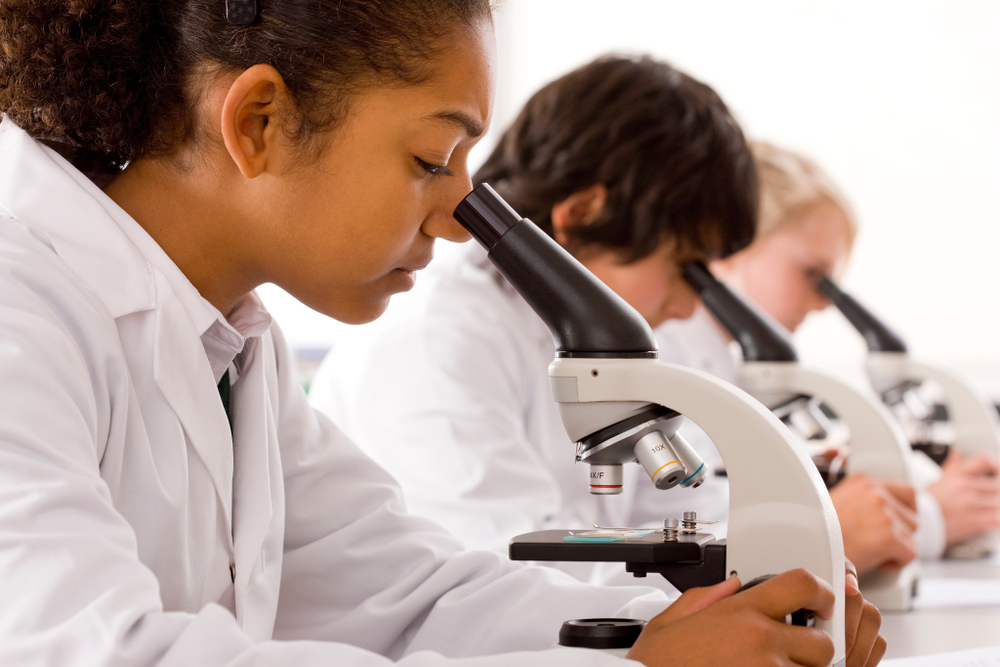
- Progressive Complexity: Introduce more complex experiments that build upon elementary school concepts, allowing students to delve deeper into scientific inquiry. Encourage students to formulate hypotheses, design experiments, and analyze data.
- Critical Thinking Skills: Future scientists require critical thinking skills, which can be emphasized by challenging students to interpret results, draw conclusions, and communicate their findings effectively. Encourage them to ask questions and explore different approaches to problem-solving.
- Introduction to Lab Equipment: Middle school learners are ready for laboratory activities. Introduce students to basic laboratory equipment and laboratory work techniques, such as using microscopes, measuring tools, and conducting controlled experiments.
Interactive activities for middle school learners:
- 3D Printing: Introducing students to 3D printing technology allows them to explore concepts in design, engineering, and manufacturing.
Teachers can incorporate 3D printing projects where students design and create their own objects, such as models of molecules, architectural structures, or simple machines.
This hands-on experience helps future scientists understand the principles of geometry, design thinking, and material properties.
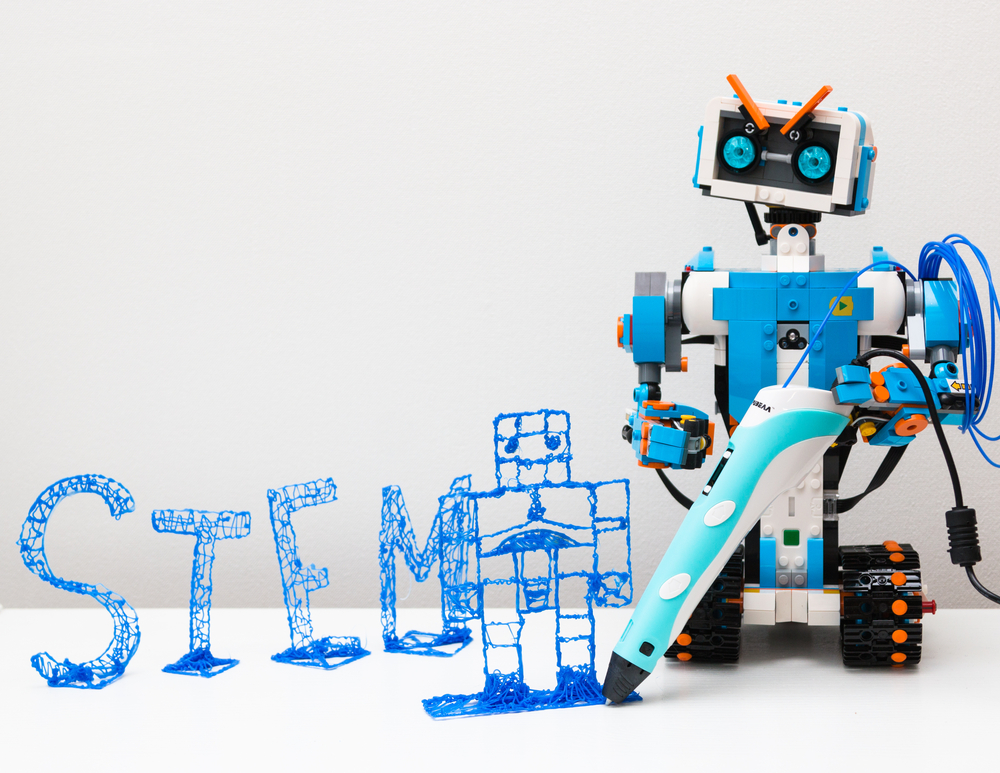
- Robotics Kits: Robotics kits provide middle school students with an opportunity to engage in hands-on learning experiences while exploring principles of engineering, programming, and problem-solving.
Students can build and program robots to perform various tasks, such as navigating obstacle courses or completing challenges. Working with robotics kits encourages collaboration, creativity, and critical thinking skills.
High School
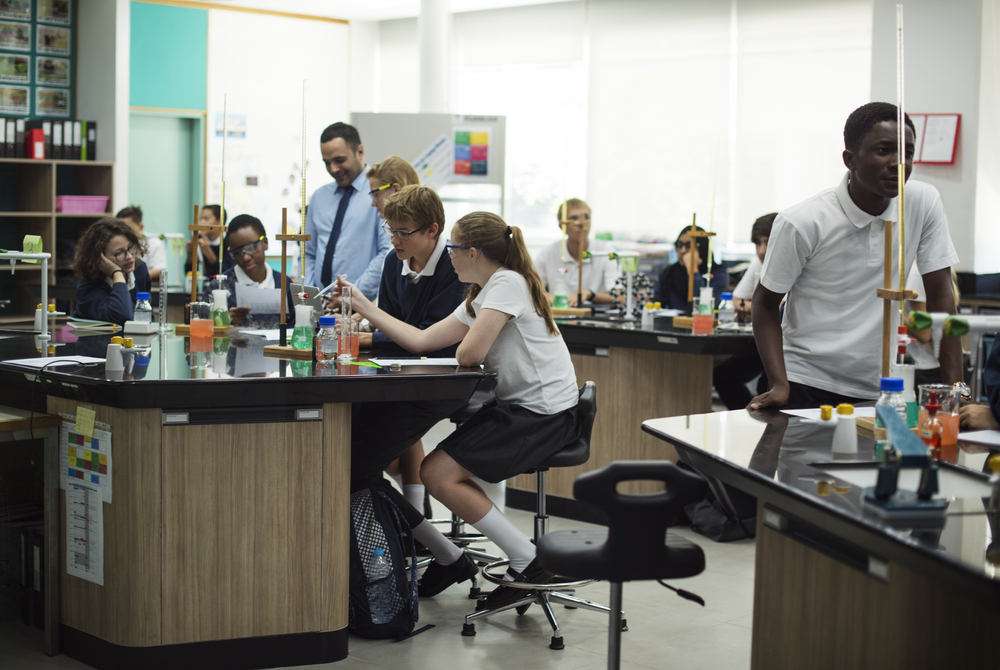
- Advanced Topics and Research: Offer opportunities for students to explore advanced scientific topics and engage in independent research projects. Encourage them to pursue their interests and passions within various scientific disciplines.
- Preparation for Higher Education: At the high school level, learners are advanced enough to study biology and chemistry in lab areas or rooms separate from the science areas.
Whether in science or chemistry laboratories, it provides experiences that mirror those future scientists would encounter in college-level science labs, preparing students for further education and careers in STEM fields. Emphasize the importance of rigorous experimentation, data analysis, and scientific communication. - Real-world Applications: Connect lab activities to real-world applications and challenges, highlighting the relevance of scientific knowledge in solving complex problems. Incorporate discussions on ethical considerations and the role of science in society.
Interactive activities for high school learners:
- Virtual Reality (VR) Simulations: High school students can benefit from interactive virtual reality simulations that allow them to explore complex scientific concepts in immersive environments.
VR simulations can be used to simulate phenomena such as molecular interactions, planetary motion, or chemical reactions, providing students with a deeper understanding of abstract concepts and enabling them to visualize scientific principles in action.
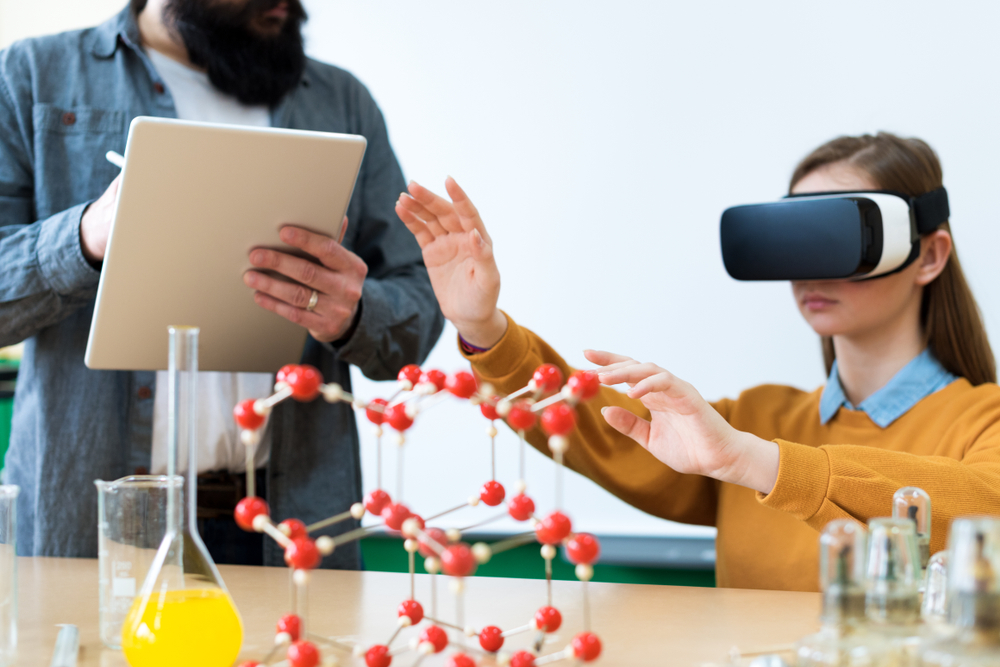
- Laboratory Investigations: High school science classes can incorporate more advanced laboratory investigations that mirror real-world research scenarios future scientists will encounter.
Students can conduct experiments using sophisticated equipment and techniques, analyze data, and draw conclusions based on their findings. These hands-on laboratory experiences prepare students for college-level coursework and careers in STEM fields.
Regardless of the grade level, it’s essential to create an inclusive and supportive learning environment where students feel encouraged to explore, ask questions, and take risks. Enhancing hands-on science teaching by engaging students in interactive activities further fosters curiosity and inquiry, and helps them develop essential scientific skills and competencies.
By incorporating interactive tools and technologies into science education, educators can create dynamic learning environments that inspire students to explore, discover, and innovate.
Furthermore, by fostering a love for science and providing meaningful laboratory experiences at each stage of education, we can inspire and prepare the next generation of future scientists to make significant contributions to the world.
Importance of Teaching Lab Report Writing Skills
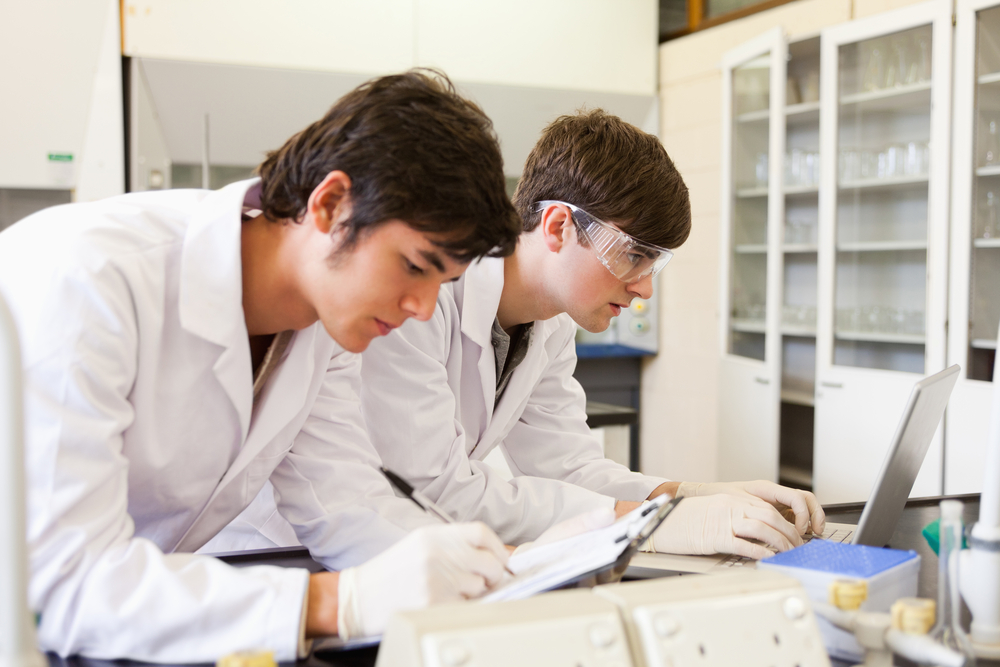
Writing lab reports that exhibit evidence of scientific thinking is a crucial skill required for future scientists. Here are several reasons for including scientific literacy and lab report writing skills development in the school science curriculum:
1. Promotes Critical Thinking
Writing lab reports that reflect scientific thinking encourages students to critically analyze experimental data, identify patterns, and draw logical conclusions based on evidence.
Instead of simply filling in required components or reporting predetermined conclusions, students learn to engage with the scientific process by evaluating the reliability of their results and considering alternative explanations.
2. Encourages Inquiry and Exploration
By focusing on scientific thinking in lab reports, educators can foster a culture of inquiry and exploration in the classroom. Students are encouraged to ask questions, formulate hypotheses, design experiments, and interpret results independently.
This approach empowers students to take ownership of their learning and develop a more in-depth understanding of scientific concepts.
3. Emphasizes Process Over Product
Writing lab reports that emphasize scientific thinking shifts the focus from simply completing a task to understanding the process of scientific inquiry.
Students learn that science is not just about finding the “right” answer, but about exploring ideas, testing hypotheses, and refining understanding through experimentation.
This mindset encourages resilience in the face of unexpected results and fosters a growth mindset towards learning.
4. Prepares Students for Scientific Communication
Lab reports are a common form of scientific communication used by researchers to share their findings with the scientific community.
Teaching future scientists how to write lab reports that exhibit evidence of scientific thinking prepares them for future academic and professional endeavors in science.
They learn how to communicate their methods, results, and interpretations clearly and effectively, which is essential for success in scientific research and collaboration.
5. Develop Transferable Skills
Writing lab reports that reflect scientific thinking helps students develop a range of transferable skills that are valuable in various academic and professional contexts.
These skills include critical thinking, data analysis, communication, problem-solving, and attention to detail.
Regardless of whether students pursue careers in science, these skills are highly sought after and applicable in many fields.
In summary, teaching future scientists how to write lab reports that exhibit evidence of scientific thinking is essential for promoting critical thinking, fostering inquiry and exploration, and emphasizing process over product. It prepares students for scientific communication and developing transferable skills.
By prioritizing scientific thinking in lab reports, educators can empower students to become proficient and independent scientific thinkers who are equipped to succeed in both academic and professional settings.
Additional Reading: Exploring the Role of Science Laboratories in Modern Schools
Conclusion
As we reflect on the significance of school science laboratories in shaping future scientists, it becomes evident that these spaces are more than just rooms filled with equipment and materials—they are hubs of innovation, inquiry, and inspiration.
By providing students with hands-on experiences, encouraging critical thinking, and fostering a deep appreciation for the scientific method, science laboratories play a vital role in preparing the next generation of American scientists to tackle the challenges of tomorrow.
As educators and policymakers continue to prioritize STEM education, we must recognize the invaluable contribution of science laboratories in nurturing the curiosity, creativity, and passion that are essential for scientific discovery and innovation.
By investing in high-quality science education and providing students with access to well-equipped laboratories, we can empower them to become the future leaders and trailblazers of the scientific community.




